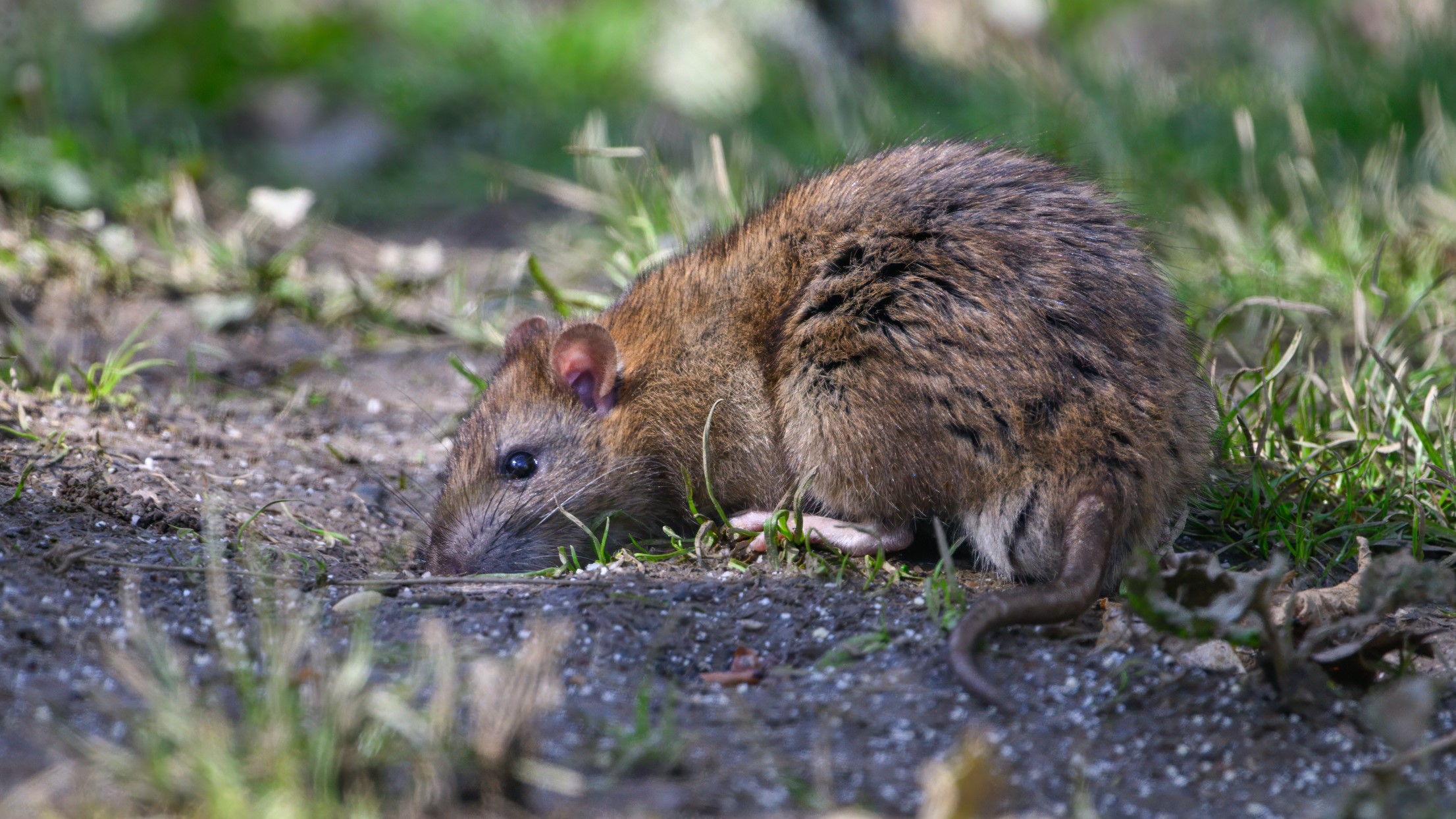A war of the rats was raging in North America decades before the Declaration of Independence
Rodent bones from archaeological settlements and shipwrecks in North America reveal that brown rats were introduced earlier than thought and came to dominate black rats within a few decades.

Brown rats hitchhiked to North America in the mid-1700s, triggering a brutal war of the rats that saw a sharp transition from black to brown rat dominance on the continent, a new study finds.
The researchers made the discovery after studying centuries-old rodent bones from shipwrecks and North American settlements, which also revealed the brown rodents invaded decades earlier than previously believed.
North America wasn't always crawling with rats. Black rats (Rattus rattus) were the first to sail over with Europeans in the 1500s, possibly reaching the Caribbean shores with Christopher Columbus as early as 1492. Brown rats (Rattus norvegicus) came several centuries later, with their arrival date previously placed around the time of American Independence in 1776. Both species proliferated across the continent — but it turns out black rats weren't a match for their brown cousins.
A new analysis suggests brown rats landed on North American soil around 1740 and rapidly pushed black rats out of burgeoning coastal cities. The new invaders may have established dominance by monopolizing food resources, reducing the black rats' reproductive success and gradually shrinking their population.
"By the mid-1700s, we see a significant decline in occurrence of black rats, matched by a sharp rise in the proportion of brown rats," researchers wrote in the study, published Wednesday (April 3) in the journal Science Advances. "The apparent shift from the black rats' complete dominance to near disappearance in our dataset occurred over a span of only a few decades."
Related: Burmese pythons are helping rats take over Florida's Everglades — and that could help spread disease
To retrace brown rats' journey across North America, the researchers examined rodent remains from 32 settlements and seven shipwrecks dating to between 1550 and the 1990s, stretching from the Gulf of Mexico to Canada. The team analyzed bone collagen to identify black and brown rats, as well as different isotopes, or versions, of carbon and nitrogen atoms to reconstruct the rodents' diets.
Sign up for the Live Science daily newsletter now
Get the world’s most fascinating discoveries delivered straight to your inbox.

"Archaeological assemblages in the Americas dating to the past ~530 years contain abundant invasive rodent remains," the researchers wrote. Shipwrecks in particular held reliable evidence of the rats' progress, they added, as records typically show when ships were built and when they sank. The travel histories of ships are also usually well-documented, providing details of specific ports where rats may have sneaked aboard and disembarked.
The team combed shipwrecks that dated to between 1550 and 1760 — before the previously estimated arrival of brown rats in North America. But in the wreck of a French privateer vessel called Le Machault that sank during a naval battle in 1760 in present-day New Brunswick, Canada, the researchers found the bones of a brown rat. Records show Le Machault stopped in Quebec City, Canada, before it sank, meaning brown rats may have alighted then.
"This specimen provides the earliest biomolecularly confirmed evidence for a brown rat in the Americas and, moreover, for the species' entry into the world's shipping networks," the researchers wrote.
The researchers found what could be even earlier brown rat remains in New Orleans, South Carolina, Virginia and Nova Scotia, but their age remains uncertain due to the limited resolution of radiocarbon dating techniques, according to the study. "While we consider data from shipwrecks to be the most chronologically secure, taken at face value these onshore brown rat finds would indicate introduction before 1740," the researchers wrote.
Black rat remains became rarer in settlements dating to the late 18th century onward, although they didn't disappear completely and still scurry around North America today. Black and brown rats occupy similar ecological niches, but the latter rodents are larger and more aggressive, according to the study. The "startling pace" at which brown rats replaced their black counterparts was likely due to a monopoly over food resources, but competition for territory and nest space, as well as predation on black rats by brown rats, may have contributed.

Sascha is a U.K.-based staff writer at Live Science. She holds a bachelor’s degree in biology from the University of Southampton in England and a master’s degree in science communication from Imperial College London. Her work has appeared in The Guardian and the health website Zoe. Besides writing, she enjoys playing tennis, bread-making and browsing second-hand shops for hidden gems.










